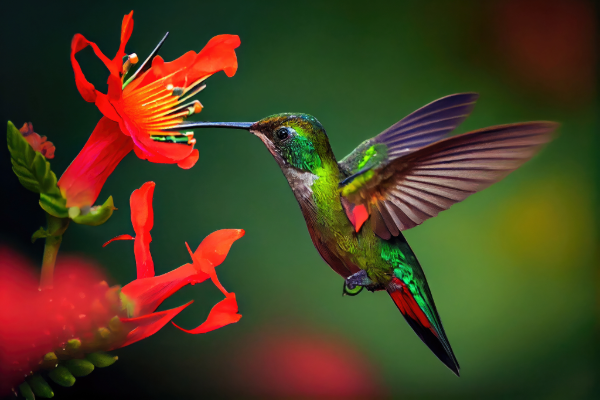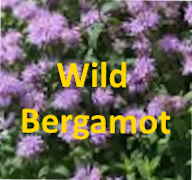Spotting Hummingbirds: Tips for Beginners
Spotting hummingbirds can be a delightful and rewarding experience, especially for those new to birdwatching. These tiny, fast-moving birds are known for their vibrant colors and incredible agility, making them a fascinating subject for observation. If you’re just starting out, learning how to spot hummingbirds effectively will greatly enhance your chances of enjoying their captivating presence.
Understanding Hummingbird Behavior
Before diving into practical tips, it’s helpful to understand the behavior and habits of hummingbirds. These birds are highly energetic, feeding mainly on nectar from flowers and sometimes insects. Their rapid wing beats create a humming sound, which is how they got their name. Hummingbirds are most active during the early morning and late afternoon, times when they visit flowers and feeders the most for nourishment.
Knowing this, timing your outdoor excursions during these peak activity periods can significantly increase your chances of spotting them.
Choosing the Right Location for Spotting Hummingbirds
One of the key factors in successful hummingbird spotting is selecting the right location. Hummingbirds are most commonly found in areas rich in flowering plants that produce nectar. Gardens, parks, and natural reserves with native flowers are ideal spots. If you live in an area where hummingbirds are common, creating a hummingbird-friendly garden can also attract these birds to your yard.
Focus on areas with plenty of sunlight and minimal disturbance, as hummingbirds tend to avoid places with heavy foot traffic and loud noises. Observing them near feeders or clusters of blooming plants can be particularly fruitful.
Using Hummingbird Feeders to Attract Them
Setting up a hummingbird feeder is one of the easiest ways to attract and spot these birds. Feeders filled with a sugar-water solution mimic the nectar hummingbirds seek from flowers. The ideal recipe consists of 1 part white granulated sugar to 4 parts water, boiled and cooled to prevent fermentation and mold growth.
Avoid using red dye in your nectar, as it can be harmful. Instead, choose feeders with red parts that naturally attract hummingbirds. Place the feeders in a shady spot, but within sight of flowers if possible—this setup can encourage hummingbirds to visit often.
Observation Tips for Spotting Hummingbirds
Spotting hummingbirds requires patience and a bit of strategy. Here are some tips to help you become more successful:
- Stay Still: Hummingbirds are easily startled. Find a comfortable spot where you can remain still and quiet for extended periods.
- Use Binoculars: A pair of lightweight binoculars can help you see these tiny birds clearly from a distance without disturbing them.
- Look Near Flowers and Feeders: Focus your gaze around flower clusters and feeders where hummingbirds frequently feed.
- Note Their Flight Patterns: Hummingbirds often hover mid-air, dart from flower to flower, and sometimes perform quick, acrobatic maneuvers.
- Wear Neutral Clothing: Bright colors can scare hummingbirds away. Wearing muted tones helps you blend into the surroundings.
- Visit During Early Morning: This is when hummingbirds are most active and looking for food after a night’s rest.
Identifying Different Hummingbird Species
Once you’ve mastered the basic skill of spotting hummingbirds, the next exciting step is identifying the different species you encounter. Hummingbirds come in various sizes and colors, with some common species including the Ruby-throated Hummingbird, Black-chinned Hummingbird, and Anna’s Hummingbird. Field guides and birdwatching apps can be handy tools for distinguishing species based on characteristics like throat color, size, and range.
Respecting Hummingbirds and Their Habitat
While the thrill of spotting hummingbirds is real, it’s important to remember these birds’ wellbeing. Avoid sudden movements and loud noises that can scare them off. Keep pets indoors or away from your observation area. Additionally, ensure that feeders are cleaned regularly to prevent mold, which can be harmful to hummingbirds.
Conclusion
Spotting hummingbirds may seem challenging at first because of their speed and size, but with some patience and preparation, beginners can have a truly magical experience. Understanding their habits, choosing the right locations, using feeders effectively, and adopting the right observation techniques can make your hummingbird watching not only successful but deeply enjoyable. So grab your binoculars, prepare your favorite nectar mix, and get ready to marvel at one of nature’s most captivating creatures.






